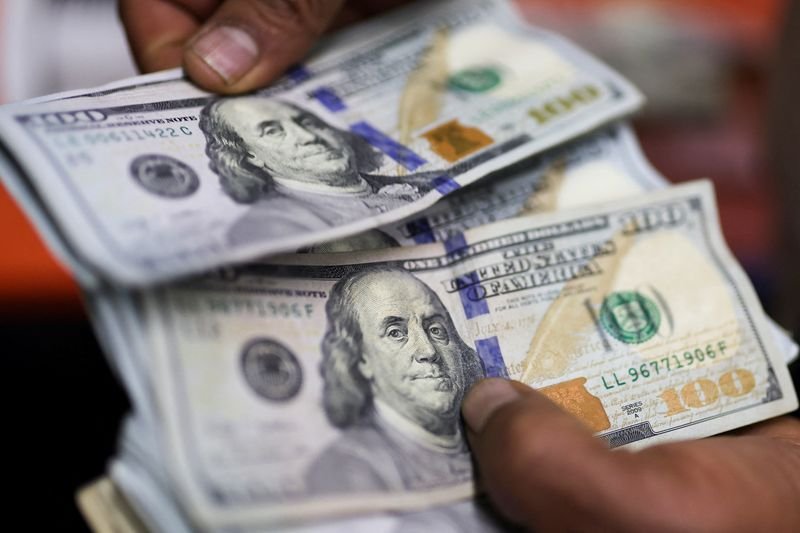Dollar Strengthens Following Trump’s New Tariffs; Bitcoin Surges
The U.S. dollar has shown notable strength in financial markets as President Trump announced a new set of tariffs on imports. This development has significant implications for international trade and currency exchange rates.
Impact on the U.S. Dollar
The recent tariffs imposed by the Trump administration have led to an increased demand for the U.S. dollar. Investors often turn to the dollar during times of uncertainty, viewing it as a safe haven. As a result, the currency has appreciated against several major global currencies. This strengthening can affect various sectors of the economy, particularly export-driven industries that may find their products becoming more expensive for foreign buyers.
Reaction from Financial Markets
In response to the tariff announcements, financial markets experienced fluctuations. Stock prices of companies heavily reliant on international trade dipped, reflecting investor concerns about the potential effects on profitability due to increased costs or reduced sales overseas. Conversely, the dollar’s firming has also led to a mixed reaction in commodity markets, where prices for goods like oil and metals may become more volatile as currencies shift.
Bitcoin’s Record Performance
Amid the currency fluctuations, Bitcoin has reached new heights, setting a record price. The digital currency’s rise can be attributed to various factors, including growing institutional interest and a shift among investors looking for alternative assets during turbulent financial times. This surge also highlights a trend where traditional economic uncertainties drive interest in cryptocurrencies, making them an appealing option for diversification.
Tariffs and Their Broader Economic Effects
The tariffs are not only significant for currency markets; they could also have broader economic consequences. By imposing tariffs, the government aims to protect domestic industries, but this might lead to increased costs for consumers and businesses that rely on imported goods. Analysts argue that the long-term effects could include retaliatory measures from trading partners, potentially escalating trade tensions further.
Global Reactions to U.S. Tariffs
International reactions have been swift, with various countries expressing concerns about the unilateral nature of the tariffs. Some nations may consider reciprocal tariffs to protect their own economies, which could lead to a trade war. Such conflicts typically create an unpredictable environment for global markets, often resulting in increased volatility for currencies, including the dollar.
The Future of Trade Relations
Looking ahead, the new tariffs could reshape trade dynamics between the U.S. and its global partners. As trade relationships evolve, businesses will need to adapt their strategies to remain competitive. Companies that rely heavily on imports or exports may have to rethink their supply chains and pricing models in response to these changing economic conditions.
Key Factors Influencing Currency Markets
Several factors influence the fluctuations of currency values, including interest rates, economic indicators, and political stability. In this context, the dollar’s strength can often be seen as a reflection of investor confidence in the U.S. economy. If the Federal Reserve indicates future interest rate hikes, the dollar may experience further appreciation.
Conclusion
In summary, the recent announcements surrounding tariffs have led to a strengthened U.S. dollar while also sparking interest in alternative assets like Bitcoin. This dual response highlights the interconnectedness of global markets and the ripple effects such policies can produce. Financial market participants will need to remain vigilant as developments continue to unfold, shaping the economic landscape in profound ways.
